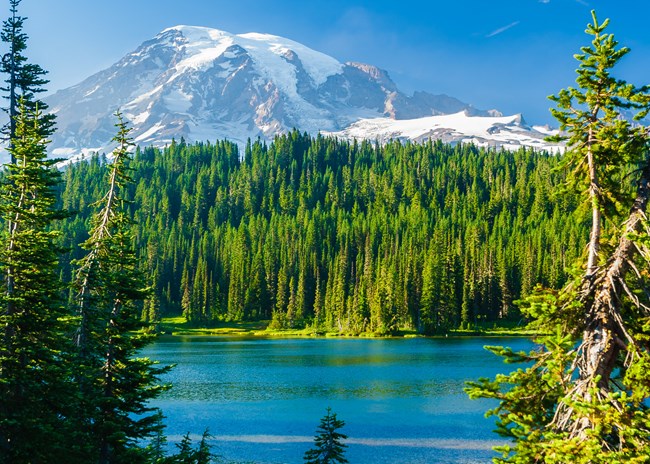National parks and wildlife within these parks may sometimes be an exhilarating experience but, from a timid deer to an aggressive bear, wildlife should be dealt with caution and care.
These animals are called “wild” life for a reason. While spotting a wild animal within the parks may not happen every time you visit, the sightings do happen, and it’s a good idea to know the safety tips should you happen upon any wildlife.
In any Canadian national park or national parks and wildlife reserves, a creature as benign as a deer may cross your path. This passiveness can sometimes be mistaken for friendliness.
All it takes is one sudden movement and you will be defending yourself from a frightened animal protecting itself on instinct. An angry or frightened deer can be just as dangerous as a charging bear. A human can’t out run an animal and has fewer defenses when it comes to dealing with claws, teeth and antlers.
These few tips about national parks and wildlife may help you have a safer trip.
Do not feed the animals. You may see signs with these words in any national parks and forests. This is not because the park rangers want the animals to die of famine. This tip is as much as protection for the animals as it is for people.
Wild animals have found food on their own before humanity created a sanctuary for them, they will find food long after. If you approach a deer or elk with some food, if you manage to get close enough for it to eat out of your hand, this may seem like a pristine photo opportunity.
However, this innocent situation could turn ugly. One flash from the camera could cause the animal to lash out with its hooves or horns. Also, as these animals become more and more habituated to human interaction, they may start begging for handouts and may even get aggressive if they don’t receive any.
Leave these animals to fend for themselves. Take a picture from afar. It may save you a few broken bones and bruises when you leave these Canadian national parks.
Keep children and pets close by. National parks and wildlife can sometimes seem like play things to kids. There are many places for young ones and pets to disappear in dense cover.
Also, even if you have an eye on them, keep them within grabbing distance. To some wildlife, small children and pets are the size of their prey. Even something as harmless as a chipmunk may suddenly become violent and bite.
Canadian national parks and forests are wild habitats and should never be considered substitute playgrounds for children.
Treat all wildlife with respect. Whether this means giving them their space or putting away all garbage so you leave no damage to their habitats, wild animals deserve this courtesy.
You wouldn’t like a stranger to come into your place, flop on your couch, and take pictures while throwing empty wrappers on the floor, would you? Neither do the animals in our national parks and forests.
Interfering with their instinctual needs can threaten their natural development. Canadian national parks are these animals’ homes. We are simply their guests.
For more safety tips, you can visit any national parks and wildlife websites or contact your local national parks. Before you head out into the wilderness, inform yourself on the type of animals you may have sightings of and learn about their typical defensive behavior.
Learn the animals’ habits, what they eat, when they sleep or where they hunt. The more you know, the better your chances are of having a harmless encounter. Better safe than sorry!





More Stories
Reddit Yellowstone Secrets: Top Tips for Your Next Adventure
Explore Our National Parks: A Guide to Nature’s Best Gems
Ultimate Guide to DPAW Camping: Adventures Await You